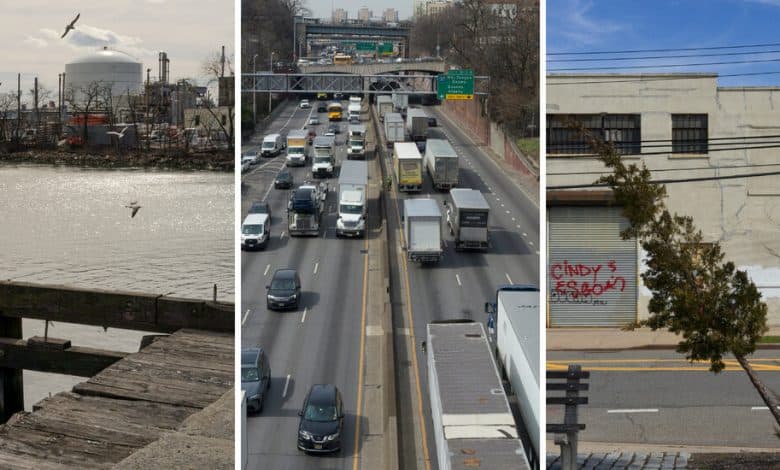How 5 N.Y.C. Neighborhoods Are Struggling With Climate Change

How 5 N.Y.C. Neighborhoods Are Struggling With Climate Change




New data projects are linking social issues with global warming. Here’s what that means for these New York communities.
By Hilary Howard
Photographs by Jade Doskow
May 12, 2024
Some of the effects of climate change on New York City neighborhoods are clear: extreme heat. Persistent flooding.
But as city leaders explore which neighborhoods are most vulnerable to a warming world, they are also focusing on less obvious factors like poverty, chronic health conditions and language barriers that can deepen the impact of climate change.
Several new data-gathering efforts are helping shed light on how socioeconomic issues can add to a community’s overall risk as droughts, floods and wildfires become more extreme and sea levels rise.
The findings indicate that in the city, the neighborhoods most unprepared for climate change have a lot in common: They are poor; have congestion and histories of redlining or industrial pollution; and for many of their residents, English is a second language.

Mychal Johnson, left, and Arif Ullah of South Bronx Unite, a nonprofit, helped develop community indicators for the U.S. Climate Vulnerability Index.
“You find these same situations in all these locales: very little tree covering, heavily exposed pollutants and projects and industry that’s been zoned to be placed there,” said Mychal Johnson, a founding member of the nonprofit South Bronx Unite, which helped develop the U.S. Climate Vulnerability Index, an expansive mapping project that compiled public data from across the country.